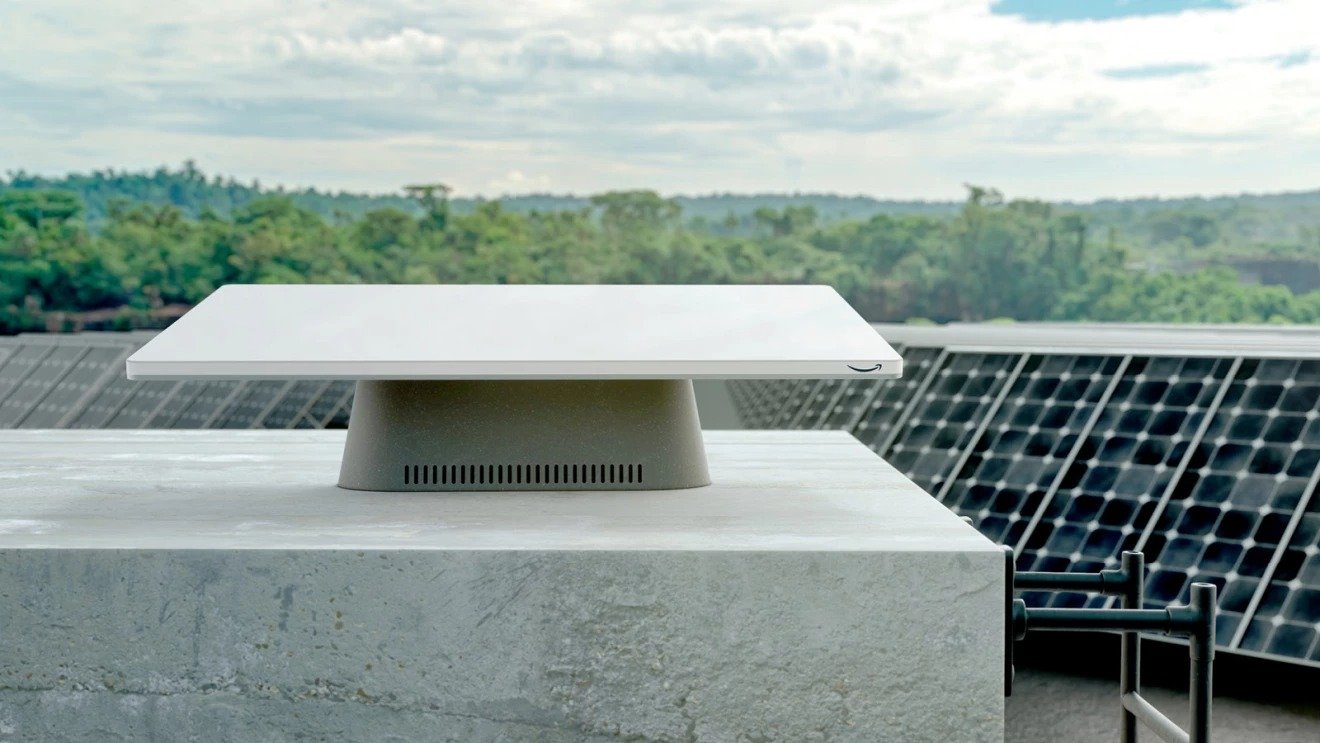Amazon has announced the development of a line of client terminals for the Project Kuiper satellite broadband Internet access network.
What is known about terminals
The standard terminal has an area of approximately 70 square centimeters, a thickness of 2.5 cm and weighs less than 2.3 kg (without mounting bracket). According to information provided by Amazon, this model can provide data transfer speeds of up to 400 Mbps and will cost less than $400.
Amazon is also developing a smaller model measuring 45 square centimeters that will only tip the scales by 0.5 kg. This mini version will provide a maximum data transfer speed of 100 Mbps and may be ideal for frugal consumers or enterprise customers looking to connect IoT devices.
At the opposite end of the line, there are models with high throughput, designed for the implementation of government, telecommunications and corporate projects. Amazon notes that this model measuring 7.5 by 11.8 cm will be able to provide data transfer speeds of up to 1 Gbit/s.



What is known about the Prometheus chip
Client terminals are assembled on a specially designed baseband chip, which is known by the code name Prometheus. Amazon said the chip combines the computing power of a 5G modem chip. It is similar to those used in smartphones. That is, with the capabilities of a cellular base station capable of handling thousands of simultaneous connections, and the ability of a microwave return antenna to support point-to-point connections.
The field of application of Prometheus chips is not limited to client terminals. Amazon says this hardware can also be seen in Project Kuiper satellites and ground-based gateway antennas. At the same time, it provides the ability of each satellite to process up to 1 Tbit/s of traffic.
What’s next
The first series of satellites for the Project Kuiper system is expected to be launched into orbit in the first half of 2024. And the service itself will become available to customers by the end of the same year.
In May of this year, Amazon plans to launch two prototype satellites into orbit – they will be launched by the Vulcan Centaur rocket from the United Launch Alliance. The cost of the service and where it will be available have yet to be determined.
Source: https://mediasat.info/
